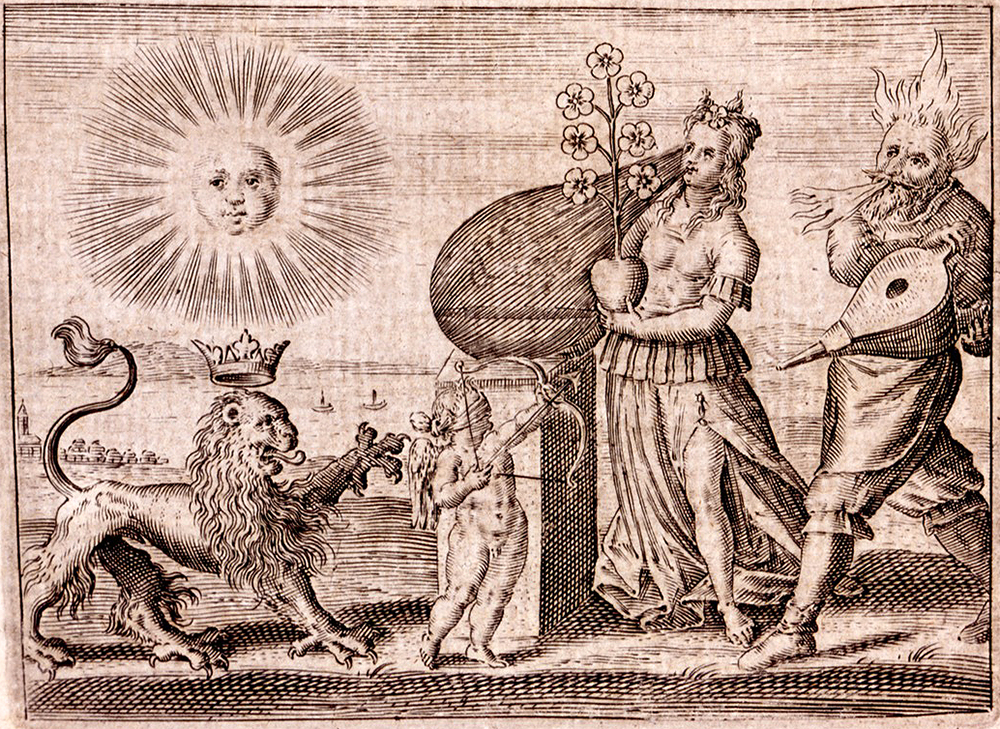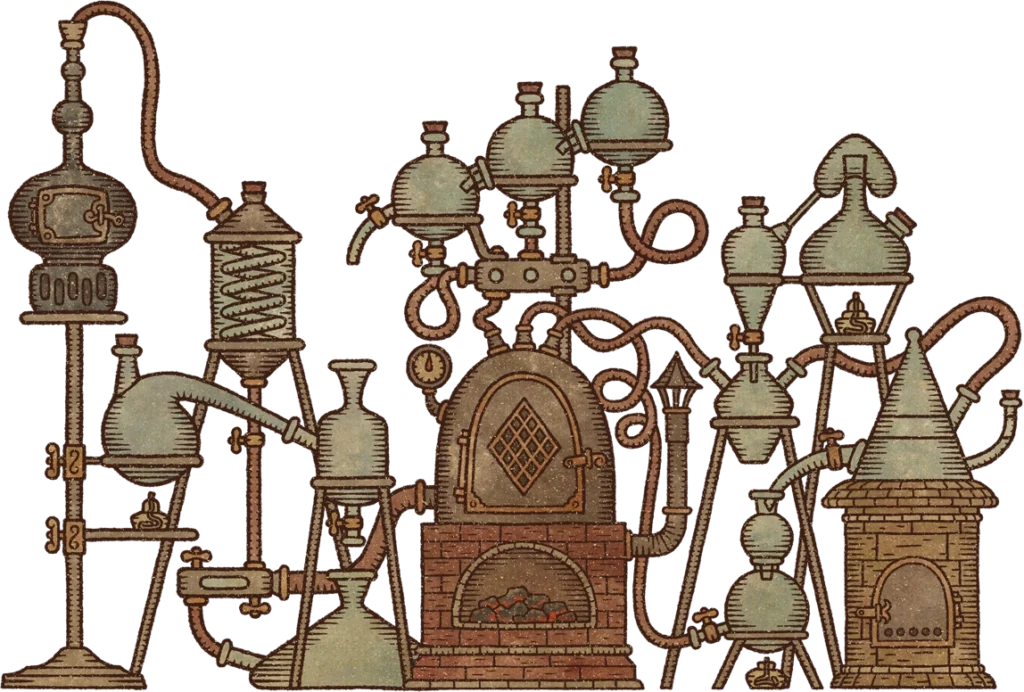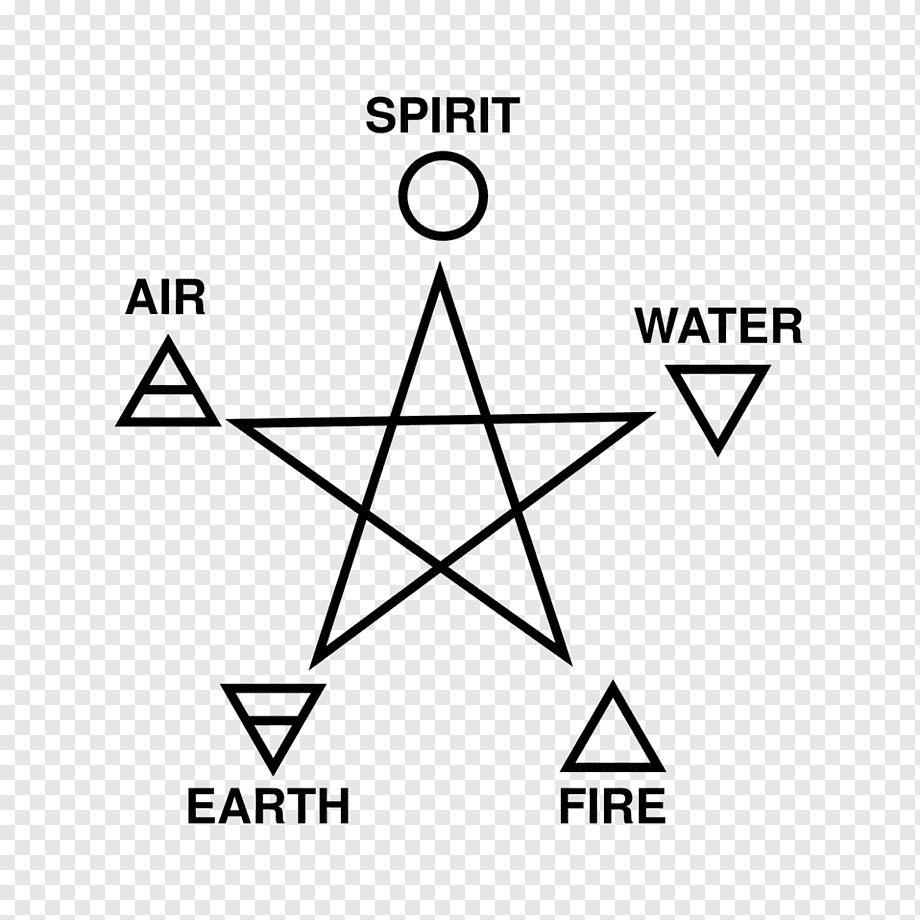Alchemy Sets 101: A Beginner’s Guide to the Art of Transmutation

In the mystical realm of the sciences, few subjects have intrigued and fascinated human minds as much as alchemy. Rooted in ancient traditions and shrouded in mysticism, alchemy is often associated with the quest to transform base metals into gold, to discover the universal panacea, and to find the philosopher’s stone – the legendary substance capable of inducing such transformations. However, it’s vital to recognize that alchemy, at its core, is not just about physical transmutation; it is also about spiritual growth and understanding the fundamental principles of nature. As a beginner, here’s your guide to the art of alchemy and the alchemy set you’ll need.
Understanding Alchemy

Before diving into what comprises an alchemy set, it’s crucial to understand what alchemy truly entails. At its core, alchemy is a protoscience that has paved the way for modern chemistry and medicine. While it’s now considered more of a philosophical and spiritual discipline, the practical aspect of alchemy cannot be discounted.
The transmutation process in alchemy involves three primary stages: Nigredo (blackening), Albedo (whitening), and Rubedo (reddening). Nigredo symbolizes a purification process, Albedo signifies illumination, and Rubedo, the final stage, represents perfection.
Components of an Alchemy Set
An alchemy sets comprises various tools, apparatus, and ingredients, each serving a specific function in the alchemical process.
- Alembic: This is a distillation apparatus that dates back to ancient times. It’s used for purifying and transforming substances through distillation.
- Crucible: It’s a high-temperature resistant container where substances are heated for chemical reactions. The crucible is a symbol of transformative heat and pressure.
- Mortar and Pestle: These tools are used for grinding, crushing, and mixing substances. They represent the initial stages of breaking down materials into their essential elements.
- Athanor: Also known as the alchemical furnace, the Athanor is designed to maintain a consistent and controlled heat for a prolonged period.
- Retort: This glassware is used for distillation and chemical reactions. It symbolizes the womb where new substances are born from the combination of different materials.
- Philosopher’s Wool (Zinc Oxide): An essential ingredient in alchemical processes, it’s often used as a representation of transformation.
- Various Metals and Minerals: These are the base materials for alchemical transformations, often including substances such as lead, gold, salt, and mercury. Each represents different spiritual and philosophical principles.
- Elixirs and Tinctures: These are concoctions created through the alchemical processes. The most famous is the ‘Elixir of Life,’ supposed to bestow immortality, and ‘Philosopher’s Stone,’ allegedly able to transmute base metals into gold.
While these tools and ingredients form the core of a traditional alchemy set, one must remember that the heart of alchemy lies not in physical transmutations, but rather in the spiritual transformation that parallels the physical processes.
Safety and Ethics

While it’s alluring to explore the mystic art of alchemy, it’s crucial to remember that many alchemical experiments involve handling potentially hazardous materials and performing complex chemical reactions. Always ensure you’re working in a safe environment and taking all necessary safety precautions.
Ethically, alchemy is about transformation and growth. It’s crucial to approach it with an open mind, patience, respect, and a desire for personal and spiritual growth.
Principles of Alchemy
The practice of alchemy is guided by several fundamental principles, many of which are metaphorical representations of both natural and spiritual laws.
- The Principle of Correspondence: Often quoted as “As above, so below; as below, so above,” this principle suggests that what occurs on one level of reality also happens on other levels. The microcosm and macrocosm are interconnected and mirror each other.
- The Principle of Vibration: This principle states that everything is in constant motion and has a certain vibration or frequency. The goal in alchemy is to adjust and refine these frequencies for transformation.
- The Principle of Polarity: It suggests that everything has two poles or opposites. Transmutation often involves the reconciliation of these polarities to achieve a higher state.
Advanced Alchemy Apparatus

Apart from the basic alchemical apparatus mentioned above, as you progress, you might require more advanced tools that serve specific purposes.
- Pelican: An advanced version of the alembic, the Pelican, is used for continuous circulation and distillation of substances, often for philosophical works.
- Kerotakis: A device often used in the preparation of the philosopher’s stone, the Kerotakis, is used in operations involving sublimation and the combination of solid and liquid substances.
- Cucurbit: This flask is used for solution, digestion, and cohobation processes. It’s typically used in conjunction with the alembic.
Understanding the Elements in Alchemy

In alchemy, the traditional four elements—earth, water, air, and fire—play a critical role in transmutation processes. Each is believed to have specific qualities and correspondences:
- Earth: Earth symbolizes stability and physicality and is associated with the processes of coagulation and crystallization.
- Water: Water symbolizes fluidity, emotions, and intuition. It’s associated with the processes of dissolution and extraction.
- Air: Air symbolizes intellect, communication, and inspiration. It is connected with the processes of sublimation and evaporation.
- Fire: Fire symbolizes will, transmutation, and transformation. It is linked with the processes of calcination and distillation.
Personal and Spiritual Transformation
Arguably, the most significant aspect of alchemy is the quest for personal and spiritual growth. As one delves into alchemical practices, it becomes apparent that the physical processes mirror a spiritual journey. This journey involves purifying one’s self (Nigredo), gaining enlightenment and understanding (Albedo), and finally, achieving perfection or union with the divine (Rubedo).
Alchemy is more than a historic curiosity; it’s a complex system of symbols and metaphors meant to describe the journey of spiritual growth and personal evolution. The physical process of transmutation serves as an outer manifestation of the inner transformation that the alchemist experiences.
Conclusion
In conclusion, alchemy is an enriching practice that extends beyond the realm of material transformation. It’s a spiritual quest that encourages personal growth, introspection, and a deeper understanding of the natural world and one’s place within it. The alchemy set, with its myriad tools and ingredients, serves as a physical gateway to this profound journey. With patience and dedication, the practice of alchemy provides a path toward both scientific discovery and spiritual enlightenment.




